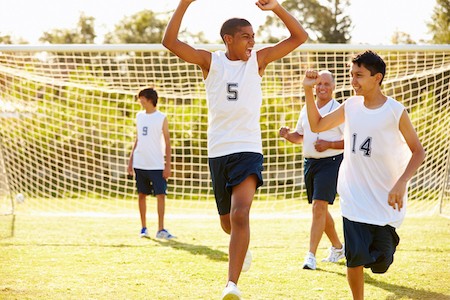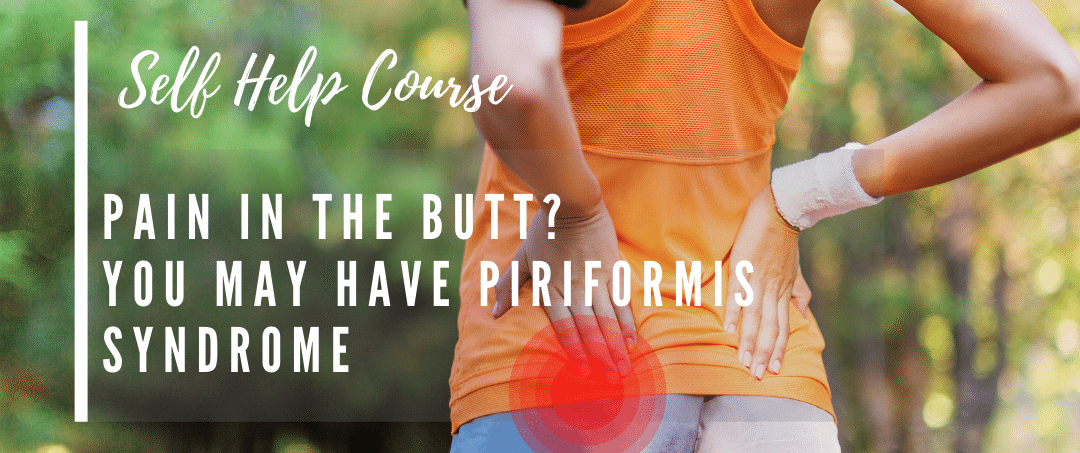To Understand Treatment for Growing pains, Firstly What are Growing Pains?
In looking at the treatment for growing pains, the treatment for apophysitis and the treatment of avulsion fracture you firstly need to understand what these conditions are and why they occur – check out our previous blog – CLICK HERE – for all the answers to these questions.
In this blog we will look at ways these conditions can be managed and the ways in which your hip pain professional can help you.
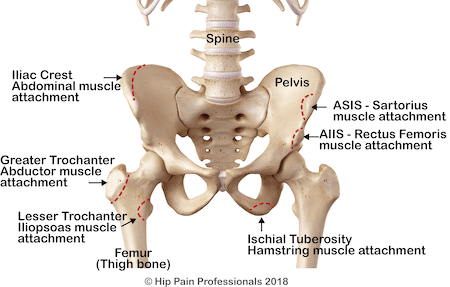
Treatment for Growing Pains, Specifically Treatment for Apophysitis

Treatment for Apophysitis is conservative, meaning non-surgical. Apophysitis is generally managed well with good education around temporary activity modification, icing after activity and an exercise program. Taping to support the muscle-bone interface may sometimes be successful in providing some pain relief and can be a useful adjunct in treatment for Apophysitis.
An exercise program aims to:
- optimise trunk and pelvic control to avoid unnecessary stresses and strains across the pelvic region
- gradually restore muscle strength and length as pain settles
- restore full sporting function as pain allows
Treatment for Growing Pains, Specifically Treatment for Avulsion Fracture

Non-Surgical Care in the Treatment for Avulsion Fracture
When considering treatment for avulsion fracture lets first look at the non-surgical options.
Adolescents with a minimal displacement of the bony fragment are generally treated non-surgically. Most will require a period of protected weightbearing, where crutches as used during walking to allow the pain to settle and the fracture to heal. Icing in the acute period can assist with pain relief. There is some evidence that non-steroidal anti-inflammatory medications should be avoided or limited where a bony injury is involved, due to the possibility that these medications may interfere with the bony healing process2.
Rehabilitation is initiated at an early stage to prevent unnecessary levels of muscle weakening and reduced mobility. An exercise program will have similar aims as for apophysitis, but the progress and recovery will be slower.
Return to sport requires:
- bony healing
- restoration of range of motion and muscle strength
- restoration of agility and sport specific skills
- restoration of confidence to return to sport (sport readiness)
Surgical Care in the Treatment for Avulsion Fracture
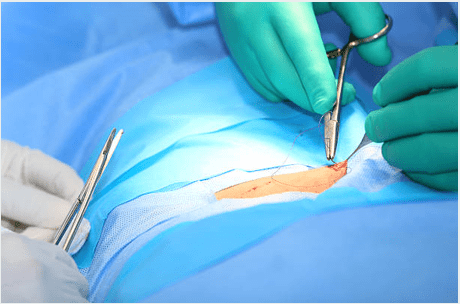
Now let’s consider the surgical treatment for avulsion fracture. Surgical intervention to reattach the fragment are rare in the immediate post-injury phase. This is generally reserved for athletes who sustain an avulsion fracture of the ischial apophysis (hamstring insertion at the sitting bone), where the bony fragment has been displaced more than 2cm.
Later stage surgery may be considered in those with:
- failed bony healing (non-union of the fractured segment)
- persistent pain
- inability to restore full muscle function with non-surgical measures.
An intensive rehabilitation program will be required following surgery.
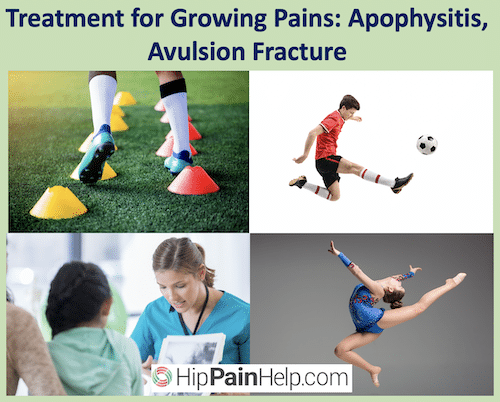
Visit our Pain Locator Map to learn more about soft tissue related pain in different regions around the hip and pelvis, or other causes of groin pain.
Need Help? How Can A Hip Pain Professional Help?
Your Hip Pain Professional can:
- provide a thorough assessment of all the soft tissues and boney points around the site of injury
- refer you for appropriate scans, if necessary
- provide or refer you for rehabilitation of this area,
- provide advice and/conditioning for successful return to sport
- refer you to a surgeon or provide surgery (if your HPP is a surgeon) – this is rarely required but may be necessary – read the “Surgical Care” paragraph above in treatment for avulsion fracture.
Always seek out a health professional with extensive experience and up-to-date knowledge in this area. Visit our directory to find a Hip Pain Professional near you.
Search For A Hip Pain Professional Here.
